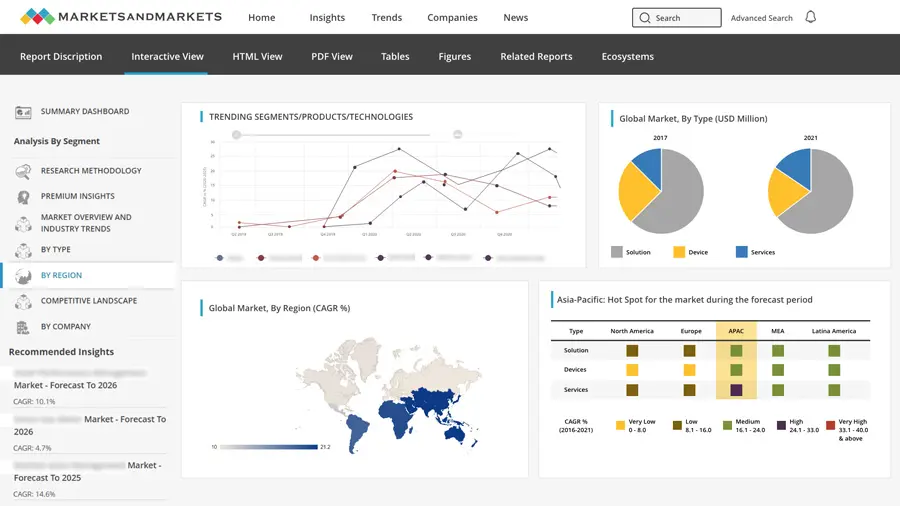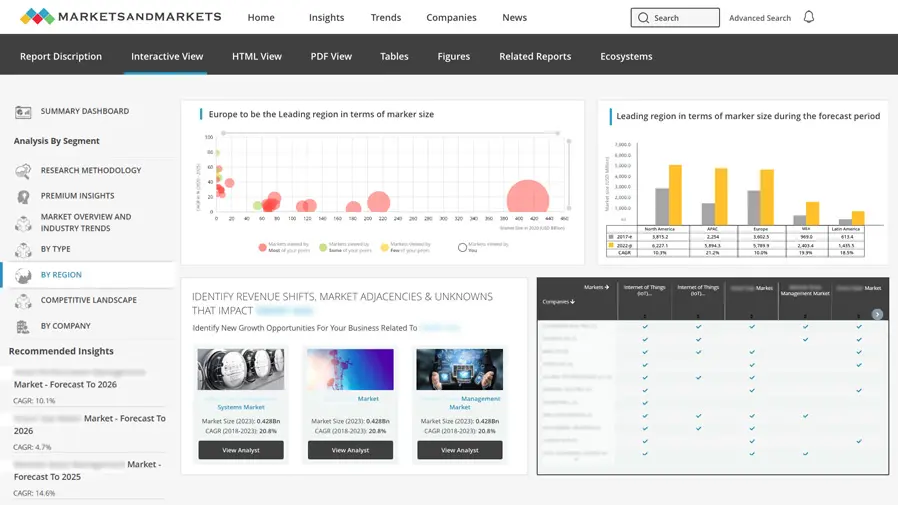Benzaldehyde Market by Applications and Geography - Global Trends & Forecasts up to 2018
Benzaldehyde is the simplest representative of the aromatic aldehydes. Benzaldehyde is a chemical found in nature in many foods. It is found in cherries, almonds, apricot and peach pits. It is found in nature as the glycoside amygdalin, which is a sugar derivative of the cyanohydrin of benzaldehyde that is found in bitter almonds. Benzaldehyde is best known as being artificial essential oil of almond and it has many other uses such as; It helps give coffee and cocoa their characteristically pleasant aromas, and is also widely used in the chemical industry like in the manufacturing of dyes, perfumes, and mandelic acids; in cosmetics as a denaturant, a flavoring agent, and as a fragrance. It is also used as a solvent for oils, resins, cellulose ethers, cellulose acetate and nitrate. Benzaldehyde is widely used in organic synthesis, where it is the raw material for a large number of products. In this regard, a considerable amount of benzaldehyde is utilized to produce various aldehydes, such as cinnamic and methyl, butyl, amyl, and hexyl cinnamic aldehydes. The single largest use for benzaldehyde, however, is the production of benzyl alcohol via hydrogenation. It is synthesized in laboratories from toluene being chlorinated to benzyl chloride or by direct oxidation of toluene with manganese dioxide. Some more recent developments in the use of benzaldehyde are for the health and agriculture industries. Benzaldehyde is being used as a pesticide and also as an anticancer agent. All these applications of benzaldehyde are described in detail in this report.
The report also discusses Benzaldehyde market by major geographical regions such as North America, Europe, Asia-Pacific and Rest of the World (ROW). Some of the leading companies in Aniline manufacturing like Emerald Kalama Chemical, LANXESS and Merck are extensively covered in the report.

Table Of Contents
1 Introduction
1.1 Key Take-Aways
1.2 Report Description
1.3 Markets Covered
1.4 Stakeholders
1.5 Research Methodology
1.5.1 Market Size
1.5.2 Key Data Points Taken From Secondary Sources
1.5.3 Key Data Points Taken From Primary Sources
1.5.4 Assumptions Made For The Report
1.6 Key Questions Answered
2 Executive Summary
3 Market Overview
3.1 Introduction
3.2 Value Chain Analysis
3.3 Production Capacity
3.4 Winning Imperatives
3.5 Burning Issues
3.6 Raw Material Analysis
3.7 Production Methods
3.8 Market Dynamics
3.8.1 Drivers
3.8.2 Restraints
3.8.3 Opportunities
3.8.4 Impact Analysis
3.9 Porter’s Five Forces Analysis
3.9.1 Threat Of New Entrants
3.9.2 Threat Of Suppliers
3.9.3 Threat Of Substitutes
3.9.4 Threat Of Buyers
3.9.5 Degree Of Competition
3.10 Pricing Analysis
3.11 Regulations
3.12 Market Share Analysis
3.13 Patent Analysis
4 Benzaldehyde Market, By Application
4.1 Aroma Chemicals
4.2 Pharmaceuticals
4.3 Cosmetics
4.4 Agrochemicals
4.5 Dyes
4.6 Others
5 Benzaldehyde Market, By Geography
5.1 Introduction
5.2 North America
5.3 Europe
5.4 Asia Pacific
5.5 Rest Of The World
6 Competitive Landscape
6.1 Introduction
6.2 Competitive Strategies
6.2.1 Mergers And Acquisitions
6.2.2 Agreements/Collaborations /Joint Ventures/Partnerships
6.2.3 New Product Launches
6.2.4 Strategic Expansions/Investments /Product Approvals & Other Developments
6.3 Analysis Of Competitive Strategies
7 Company Profiles
7.1 Danyang Wanlong Chemical Co
7.2 Emerald Kalama Chemical
7.3 Gujarat Alkalies And Chemicals Limited
7.4 Haihang Industry Co., Ltd.
7.5 Kadillac Chemicals Pvt. Ltd.
7.6 Lanxess
7.7 Merck Kgaa
7.8 Nantong Tianshi Chemical Co., Ltd.
7.9 Shimmer Chemicals Pvt. Ltd.
7.10 Taile Chemical Industry, Co. Ltd















Growth opportunities and latent adjacency in Benzaldehyde Market